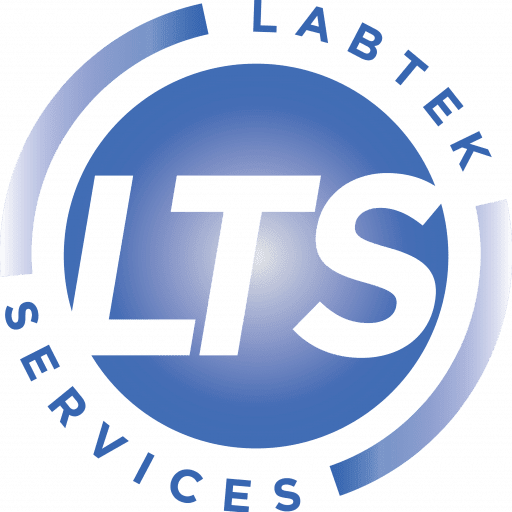Description
MicroCystest – Microcystins Detection in water samples
Microcystest reproduces the biological action of microcystins, detecting all variants regardless of their chemical structure. Therefore, the quantitative result obtained with Microcystest will reflect the potential toxicity associated with the water sample.
Microcystest can be used for the analysis of both natural waters and waters subjected to a purification process, and allows the identification of both free and intracellular toxins. You will be able to know the toxicity associated with microcystins and nodularins in up to 43 samples per assay just by having basic laboratory equipment and in just 30 minutes.
PRINCIPLE OF THE TEST
MicroCystest is based on the inhibition of PP2A enzyme activity by microcystins, thus reproducing the mechanism of action of these toxins in humans. Therefore, it detects and quantifies the potential toxicity of the sample derived from microcystins and nodularins. Under normal conditions, phosphatase is capable of hydrolyzing a specific substrate, obtaining a product that can be detected at 405 nm. In the presence of microcystins, there is an inhibition of enzyme activity proportional to the amount of microcystin.
January 12, 2026 is the deadline for EU member countries to implement the new Directive (EU) 2020/2184 regarding the quality of water intended for human consumption into their legislations. Some countries like Spain have brought forward this deadline and the Directive is already in force.
One of the main objectives of this new directive is to protect people’s health from the adverse effects derived from any type of water contamination. Among the substances to be analysed, the determination of microcystins stands out. The new directive requires the detection of this parameter in case of cyanobacteria blooms. The danger of these outcrops lies in the ability to produce these hepatotoxins that can cause death.
ZEULAB produces the unique test on the market based on the use of the biological target of these toxins. This fact ensures the detection of more than 80 variants of this molecule. MICROCYSTEST is an enzymatic test that quantifies the concentration of microcystins and their potential toxicity through a phosphatase inhibition assay. It can be applied for the analysis of natural waters and drinking waters; and allows the identification of both free and intracellular toxins. The method is quick (<30 minutes), does not require complex equipment and in 3 simple steps determines if the sample is above the legal limit (1 ug/L).
MICROCYSTEST has all the technical studies and validations required by the new Directive for analysis methodologies based on kit format. In addition, the kit is verified by the US Environmental Protection Agency.
TECHNICAL DATA
- Rehearsal Time: 30 minutes
- Quantification range: 0.25-2.5 μg/L
- Presentation: plate (48 or 96 wells) and tube
Validations:
Internal validation following the Eurachem guidelines.
Verified test within the “Environmental Technology Verification Program” under the cooperation of the U.S. Environmental Protection Agency.
Participation in Labaqua-Calitax Intercollaborative (ielab circuit)
Legislation:
Royal Decree 140/2003, which establishes the health criteria for the quality of water for human consumption.
Publications:
- Sevilla E., Smienk H., Razquin P., Mata L., Peleato, M. “Optimization of intracellular microcystin-LR extration of its analysis by protein phosphatase inhibitaion assay” WATER SICIENCE TECHNOLOGY, 2009, 60.7, 1903-1909.
- Sevilla E., Smienk H., Calvin V. M., Razquin P., Peleato M., Mata L., “Application of a microcystin extraction method for enzyme inhibition assays” WATER TECHNOLOGY, 2009, May, 38-46
- Smienk H., Sevilla E., Peleato M., Razquin P., Mata L. “Validation of a kit for the detection of microcystins in water” ALIMENTARIA, 2007, July/August, 104-111.
Intercollaborative Trials:
- 2007 & 2008: Intercollaborative organized by the Polytechnic University of Catalonia.
- 2009, 2010 & 2011: Labaqua-Calitax Intercollaborative (ielab circuit).
- Verified test within the “Environmental Technology Verification Program” under the cooperation and agreement of the U.S. Environmental Protection Agency (EPA).





Reviews
There are no reviews yet.